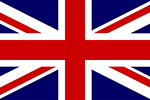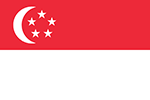
Flash Alert: Safe Harbour Rules – Increase in thresholds, coverage, and applicability
- Posted by admin
- On 03/28/2025
- 0 Comments
Background:
The Central Board of Direct Taxes (‘CBDT’) has issued new Income Tax Amendment Rules vide Notification No. 21/2025 dated March 25, 2025, to make the following amendments to the Safe Harbour Rules:
- Increase in the threshold of value of the specified international transaction from INR 200 crores to INR 300 crores;
- Extending the definition of ‘core auto components’ to include manufacturing of lithium-ion batteries in the Safe Harbour Rules;
- Extend the applicability of existing Safe Harbour Rules (‘SHR’) to AY 2025-26 (i.e., FY 2024-25) and AY 2026-27 (i.e., FY 2025-26); and
- Validity of the Safe Harbour for one Assessment Year at a time.
The new Rules are effective from March 25, 2025.
The synopsis of each of the above amendments is provided below:
A. Increase in the threshold of value of international transactions from INR 200 Cr to INR 300 Cr:
The outer limit applicable for eligibility of opting safe harbour rules w.r.t international transactions of provision of services is extended from INR 200 Crores to INR 300 Crores. Accordingly, the revised limits have been tabulated as below:
Sr. No. |
International Transaction |
Limit (INR in Crores) |
Safe harbour %* |
| 1 | Provision of Software Development Services | Upto 100 | 17% |
| 100 – 300^ | 18% | ||
| 2 | Provision of Information Technology enables Services (ITeS) | Upto 100 | 17% |
| 100 – 300^ | 18% | ||
| 3 | Provision of Knowledge Process Outsourcing Services | Upto 300^ | 18% ~ 24% |
| 4 | Provision of Contract R&D Services (software development) | Upto 300^ | 24% |
| 5 | Provision of Contract R&D Services (generic pharmaceutical drugs) | Upto 300^ | 24% |
* On operating expenses.
^ The outer limit increased from INR 200 Crores to INR 300 Crores without changing any safe harbour rates.
KNAV Comments:
The increase in the threshold of international transactions from INR 200 crores to INR 300 crores is in line with the Government’s objective of providing greater certainty to the increasing taxpayers and reducing the litigation This broadens the coverage to include more multinational entities.
B. Inclusion of lithium-ion batteries in the definition of ‘core auto components’:
- Safe Harbour Rate of 12% on the operating expenses is applicable to the manufacturing and export of core auto components.
- The definition of ‘core auto components’ includes engine and its related parts, transmission and steering parts, suspension and braking parts, and related other specified parts.
- The definition of ‘core auto components’ has been amended to also include ‘lithium-ion batteries for use in electric or hybrid electric vehicles’.
- Accordingly, manufacturing and exports of lithium-ion batteries are now eligible for safe harbour rate of 12%.
KNAV Comments:
The safe harbour rate of 8.5% is applicable in case of non-core auto components. However, the inclusion of lithium-ion batteries as core auto components will lead to the applicability of higher safe harbour rate of 12%. Though the Government’s objective is to promote electric mobility and self-reliance in battery manufacturing, however, the safe harbour rate of 12% may be considered higher and uncompetitive for relevant taxpayers especially in capital-intensive industries that typically operate on thinner margins.
C. Extends the applicability of existing Safe Harbour Rules to AY 2025-26 and AY 2026-27:
- Initially, the Safe Harbour Rules were introduced with applicability for 4 AYs (i.e., AY 2014-15 to AY 2017-18). The second time, the applicability was stretched to 2 AYs (i.e., AY 2018-19 to AY 2019-20) and thereafter, again extended the applicability to other 2 AYs (i.e., AY 2020-21 to AY 2021-22).
- Lately, for AY 2022-23 to AY 2024-25, the applicability was extended for one year after the completion of respective year. As per the last notification dated November 29, 2024, Safe Harbour Rules were extended to AY 2024-25.
- However, the new Rules again initiate the earlier trend to extend the applicability for more than 1 AY. Now, the applicability of Safe Harbour Rules has been extended for 2 AYs (i.e., AY 2025-26 and AY 2026-27).
KNAV Comments:
The extension until AY 2026-27 ensures continuity and predictability for the taxpayers opting for safe harbour, which was otherwise curtailed to one year at a time. The taxpayers were earlier required to await the notification for the applicability of Safe Harbour Rules for each year.
D. Validity of the Safe Harbour for one Assessment Year at a time:
- As per Rule 10TE(2), the option for safe harbour validly exercised shall remain in force for the period specified in Form 3CEFA or three years, whichever is less.
- However, as per the new Rules, the periodic condition is not applicable if the option is validly exercised under Rule 10TD(3B) for one AY.
KNAV Comments:
Accordingly, eligible assessee may be required to opt for Safe Harbour Rules every year by filing Form No. 3CEFA.











0 Comments